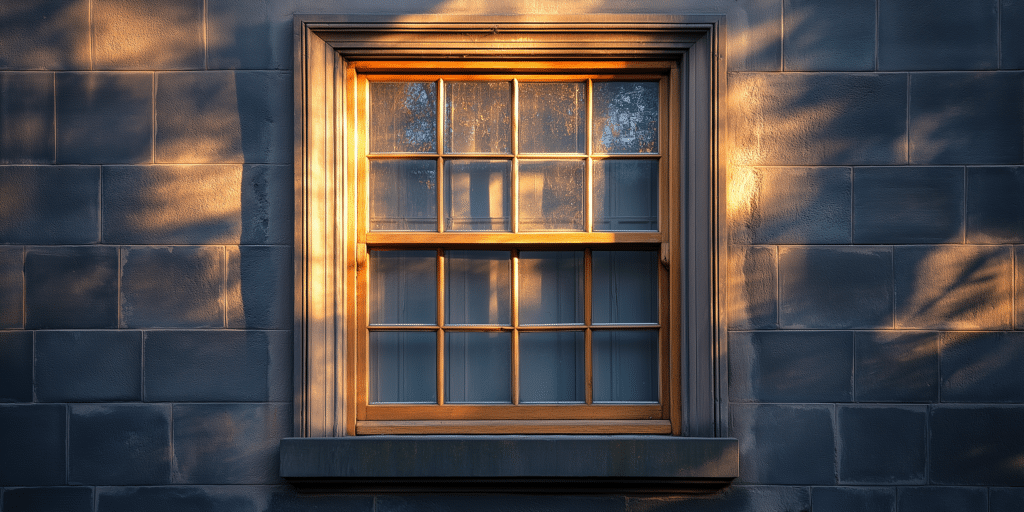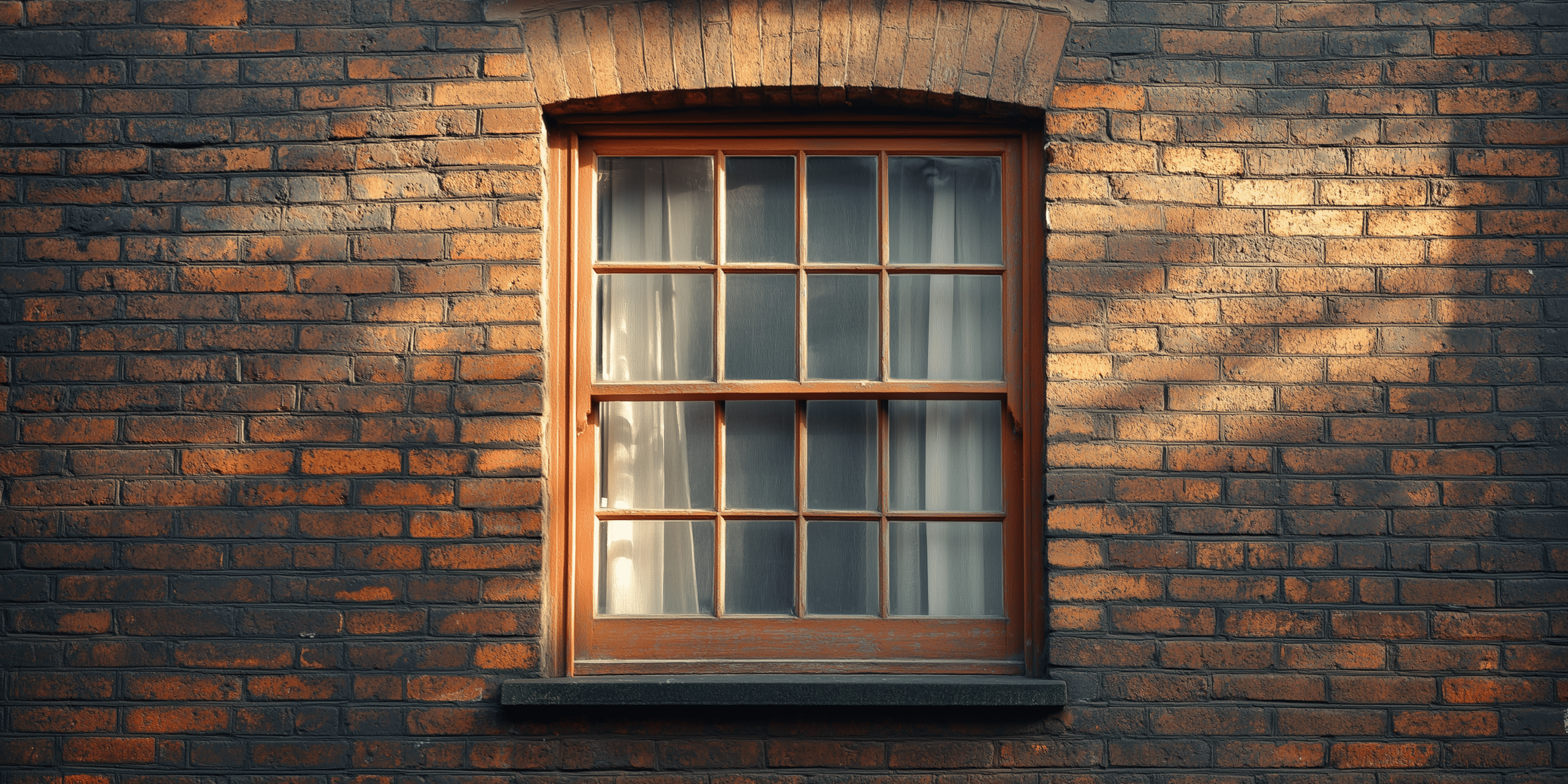What Are Sash Horns?

Sash horns are projections or extensions found at the meeting rail of a sash window. They are typically located on the lower sash and are designed to add both strength and decorative detail to the window. Originally, sash horns were functional components, providing additional support to prevent the sashes from being pushed too far apart and thus preserving the window’s structural integrity. Over time, they have also become an important design feature, contributing to the window’s overall aesthetic.
- Sash horns were historically vital for reinforcing window frames, particularly as glass panes became larger in the Victorian era, preventing the sashes from spreading apart.
- In modern sash windows, the role of sash horns is more decorative, but they remain a popular feature for maintaining historical authenticity in period properties.
- Run-through sash horns, integral to the window structure, offer a more authentic look compared to clip-on alternatives, which are often less convincing upon close inspection.
- As a testament to their enduring popularity, nearly all sash windows approved for installation in UK conservation areas feature authentic run-through sash horns.
The Historical Significance of Sash Horns
Sash horns became popular in the 18th and 19th centuries, coinciding with the widespread use of sash windows in Georgian and Victorian architecture. During this period, window design evolved to accommodate larger panes of glass, and sash horns were introduced to provide the necessary structural support. Their presence in period properties today is often a sign of historical authenticity, making them a desirable feature in restoration projects.
- Approximately 75% of buildings constructed before 1914 in the UK feature sash windows, underscoring the historical importance of these windows and their components.
- Sash horns were introduced in the mid-18th century to support larger glass panes, becoming a defining feature of sash windows by the Victorian era.
- In period properties, original sash horns often serve as indicators of historical authenticity, which is crucial in conservation and restoration projects.
- Preserving or replicating sash horns is considered essential for maintaining the historical integrity of Georgian, Victorian, and Edwardian properties.
Types of Sash Horns
There are several types of sash horns, each with its unique design and purpose. The most common types include:
- Solid Sash Horns: Traditional and robust, these horns are integral to the window frame, providing significant structural support. They are typically found in older sash windows and are essential in conservation projects.
- Applied Sash Horns: These horns are attached to the window rather than being an integral part of the frame. They are often used in modern sash windows to replicate the look of traditional sash horns while accommodating modern glazing techniques.
- Decorative Sash Horns: Purely aesthetic, these horns do not contribute to the structural integrity of the window but are used to enhance the visual appeal of period-style windows.
- Run-through Sash Horns: These are preferred in heritage restorations for their authenticity, as they form part of the window structure, unlike clip-on versions which may appear less convincing (Rose Collection).
Installation of Sash Horns

Installing sash horns requires precision and an understanding of traditional joinery techniques. For period properties, it’s crucial to match the style of the original sash horns to maintain the building’s historical integrity. Modern sash horn installation, however, often involves using prefabricated components that can be easily applied to new windows.
- Run-through sash horns are more complex to install but provide a seamless and authentic appearance that is crucial in period restorations.
- In conservation areas, over 90% of sash windows approved for installation feature authentic sash horns, highlighting the importance of proper installation techniques.
- Professional installation is often recommended to ensure the structural and aesthetic quality of sash horns, especially in period properties.
- Using prefabricated components in modern sash windows can simplify the installation process while maintaining the traditional look of sash horns.
Maintenance and Care of Sash Horns
Proper maintenance of sash horns is essential to ensure their longevity and the overall functionality of the sash window. This involves regular inspections for signs of wear or damage, especially in older properties where the wood may be prone to rot or splitting.
- Regular maintenance can extend the life of sash horns, especially in period properties where wood may be susceptible to rot. Professionals recommend inspecting sash horns at least once a year).
- Preserving original sash horns in period properties is often seen as a mark of quality restoration, adding value to the property.
- Weatherproofing sash horns is crucial in preventing wood rot and prolonging the lifespan of both the horns and the sash window itself.
- Experts recommend using traditional methods, such as applying linseed oil to wooden sash horns, to maintain their condition and prevent decay.
Sash Horns and Energy Efficiency
While sash horns are primarily aesthetic and structural elements, they can also play a role in the energy efficiency of a window. Modern sash windows with applied sash horns can be designed to accommodate double glazing, which significantly improves thermal performance.
- Modern sash windows with integrated run-through horns can achieve up to 20% better thermal performance compared to older sash windows without horns, thanks to advancements in design and materials.
- Incorporating sash horns into energy-efficient window designs is increasingly popular as homeowners seek to combine traditional aesthetics with modern performance.
- Double glazing in sash windows with sash horns enhances both thermal performance and acoustic insulation, making them a desirable option in urban areas.
- Run-through sash horns are not just about aesthetics; their integration into modern energy-efficient windows helps maintain the thermal integrity of period properties.
The Role of Sash Horns in Enhancing Property Value

Properties with well-maintained or restored sash windows featuring sash horns are often seen as more desirable, particularly in conservation areas or historically significant regions. The presence of sash horns can enhance a property’s curb appeal and, consequently, its market value.
- Properties with authentic sash horns can see an increase in value by up to 10%, especially in designated conservation areas where historical accuracy is prized.
- Restoring or installing sash horns that match the original design can significantly boost a property’s appeal to buyers interested in period homes.
- Incorporating sash horns into window restorations can lead to higher property valuations, particularly in areas where maintaining the historical integrity of buildings is legally mandated.
- According to property experts, homes with sash windows featuring traditional sash horns often attract higher offers from buyers, particularly those interested in heritage properties.
Sash Horns in Modern Architecture
While traditionally associated with period properties, sash horns are also making a comeback in modern architecture. They are being incorporated into contemporary designs as a way to blend traditional aesthetics with modern functionality.
- Sash horns are increasingly being used in modern builds to create a visual link between contemporary architecture and traditional design elements.
- Architects and designers are exploring the use of new materials, such as uPVC and aluminium, to create sash horns that are both lightweight and durable, offering more design flexibility.
- Incorporating sash horns into modern buildings allows architects to achieve a unique aesthetic that pays homage to the past while embracing the future.
- Modern sash horns, designed with precision engineering, can be seamlessly integrated into energy-efficient windows without compromising on their aesthetic value.
DIY vs. Professional Sash Horn Installation
While some homeowners may choose to install or restore sash horns themselves, it’s often advisable to seek professional assistance, especially for period properties. Professional joiners have the expertise to ensure that sash horns are installed correctly and in a way that enhances both the function and appearance of the window.
- Professional installation is recommended for period properties, as it ensures that sash horns are fitted in a manner that preserves the historical integrity of the windows.
- DIY sash horn projects may save money upfront but could lead to costly repairs if not done correctly, especially if the window structure is compromised.
- Experienced joiners can replicate intricate sash horn designs that match the original architecture, providing a seamless restoration that enhances the property’s value.
- For modern sash windows, professional installation of sash horns ensures that they align with the latest building regulations and energy efficiency standards.
Common Challenges in Sash Horn Restoration

Restoring sash horns can present several challenges, particularly in older properties where the wood may be decayed or where previous restorations were poorly executed. Understanding these challenges and how to address them is key to a successful restoration project.
- Wood rot is one of the most common issues encountered in sash horn restoration, requiring careful treatment or replacement to preserve the window’s structural integrity.
- Poorly executed previous restorations can complicate current efforts, necessitating a careful assessment of the existing sash horns before beginning work.
- Matching restored sash horns with the original design is crucial for maintaining the historical accuracy of period properties, often requiring bespoke joinery skills.
- In some cases, replacing sash horns entirely with new ones that replicate the original design may be necessary to achieve a flawless restoration.
Future Trends in Sash Horn Design and Application
As architectural trends evolve, so too does the application of traditional elements like sash horns. Innovations in materials and design are leading to new ways of incorporating sash horns into both period restorations and modern builds.
- Future designs may see sash horns crafted from advanced materials like composites or engineered timber, which offer greater durability and less maintenance.
- 3D printing technology is emerging as a tool for creating intricate sash horn designs that are both lightweight and strong, opening new possibilities for customisation.
- The integration of smart technology into sash windows, including automated sash horns, is a growing trend that blends tradition with modern convenience.
- As sustainability becomes a key focus in construction, sash horns made from recycled materials or those that enhance the energy efficiency of windows are likely to gain popularity.
Final Thoughts on Sash Horns
Sash horns remain an integral part of sash window design, offering both aesthetic and structural benefits. Whether you are restoring a period property or incorporating traditional elements into a new build, understanding the role of sash horns can help you make informed decisions that enhance the beauty and value of your home.
Understanding the historical and functional aspects of sash horns is crucial for any homeowner looking to restore or install sash windows, ensuring the best outcomes in both appearance and performance.
For those renovating period properties, the careful restoration of sash horns can significantly enhance the property’s historical authenticity and market value. Sash horns are not just decorative; their correct implementation can contribute to the overall energy efficiency and longevity of sash windows.
Incorporating sash horns into modern architectural designs allows for a seamless blend of traditional aesthetics with contemporary functionality, ensuring they remain relevant in future builds.




